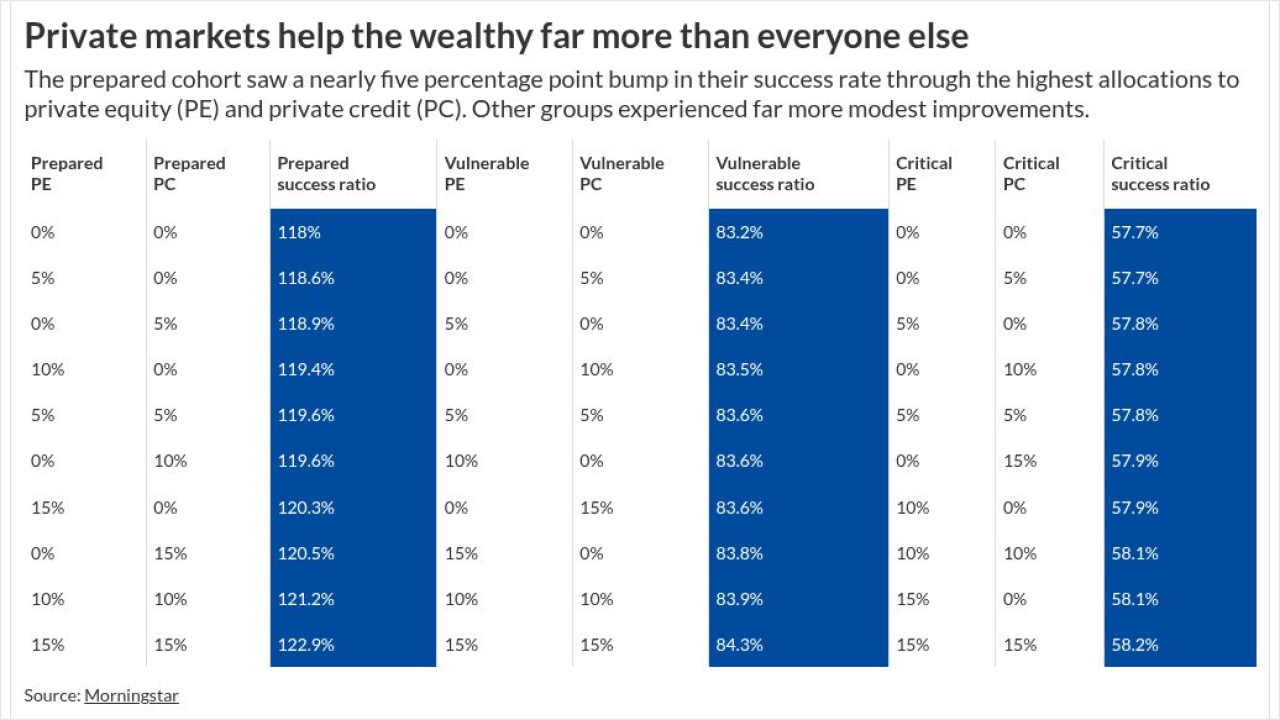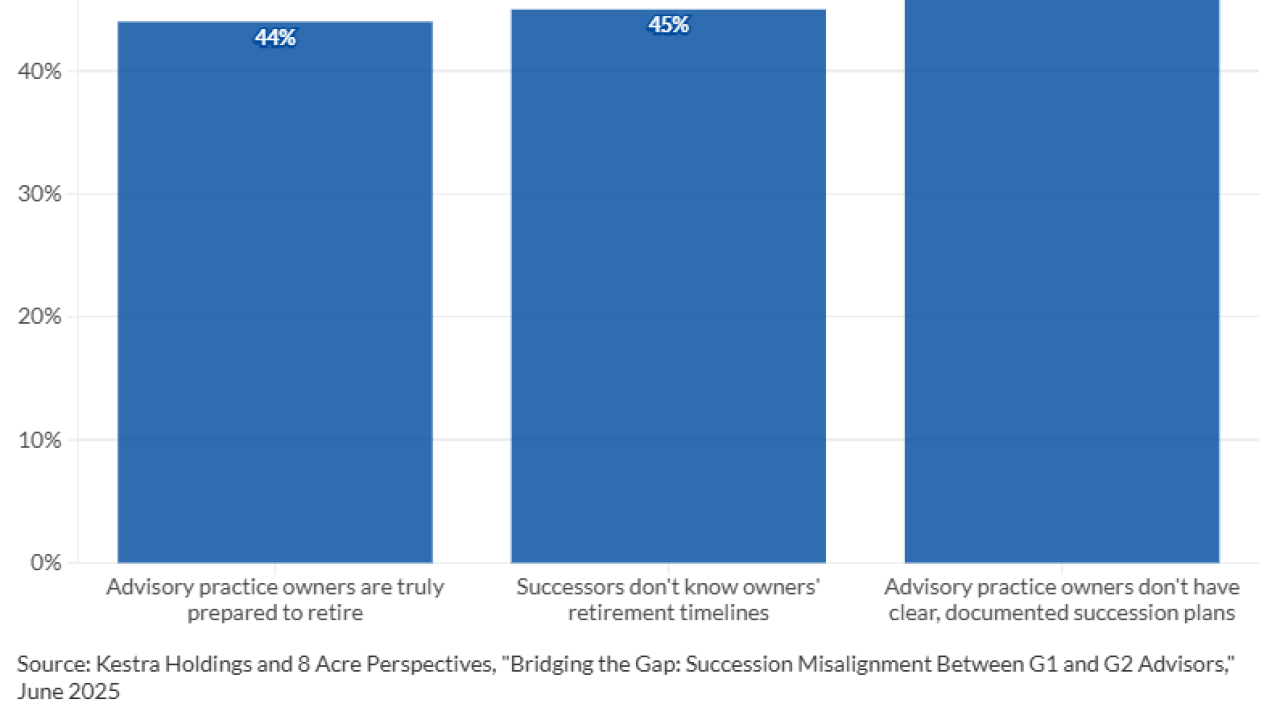Fidelity is also consolidating and scaling down its U.S. data centers so that it can do a better job of efficiently allocating and tailoring resources, said Michael Brady, a senior vice president in the technology group.
When you scale infrastructure, historically it was built to be as [powerful] as the highest-performing application needed, Brady said. Now were looking at providing several different options of performance.
The old model of dedicating storage-area networks to individuals services is not nearly as efficient as when you dynamically change storage pools server by server, Brady explained.
Another key goal is to standardize systems, rather than constantly adopting best-of-breed.
Today, an application has so many hooks into an operating system and a platform, that maintenance has to be done concurrently, [making it] a very complex, time-consuming process, he continued. By applying a hypervisor, even if we have one application on one box, we provide optimized service management.
The end result should be much more efficient usage of the desktops that Fidelity runs, which outnumber its 40,000 employees. So, rather than leaving them and their supporting servers on all of the time, much like leaving a light bulb on for 24 hours, 365 days of the week, Fidelity will be making far better use of its technology spending, Brady said.





